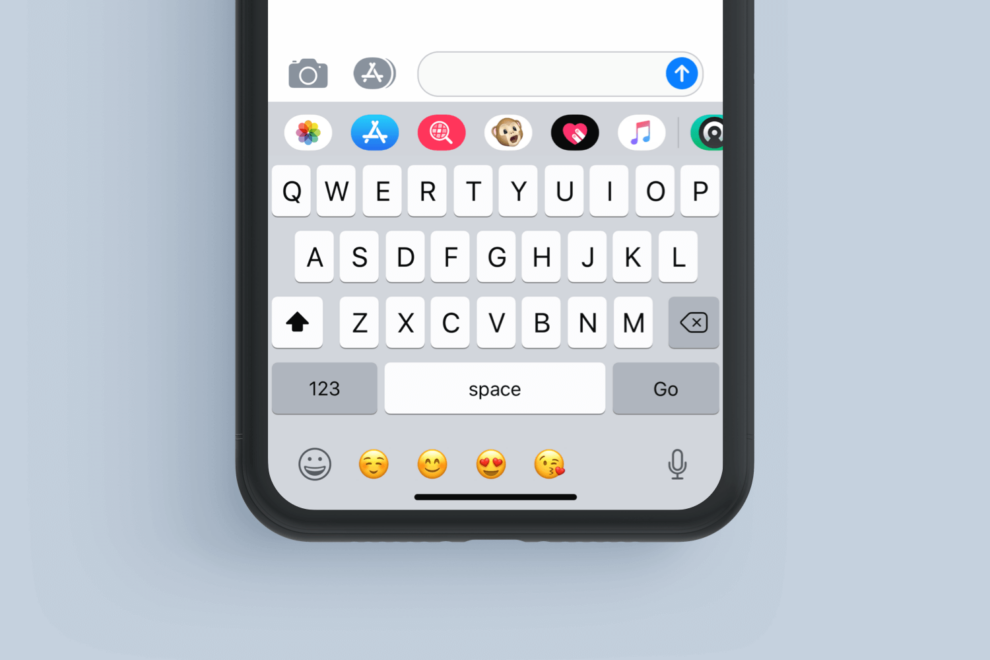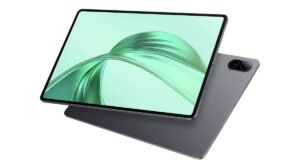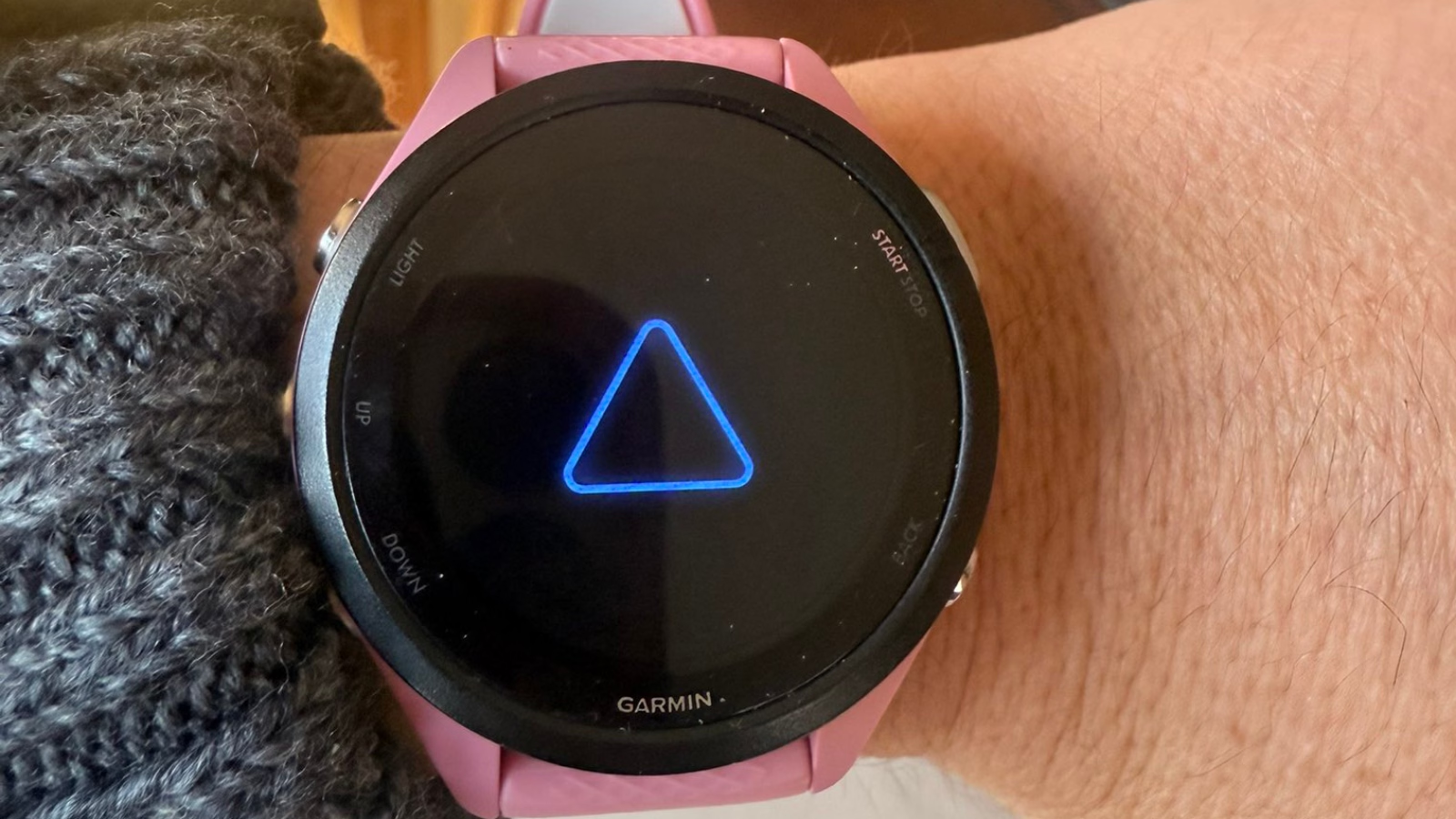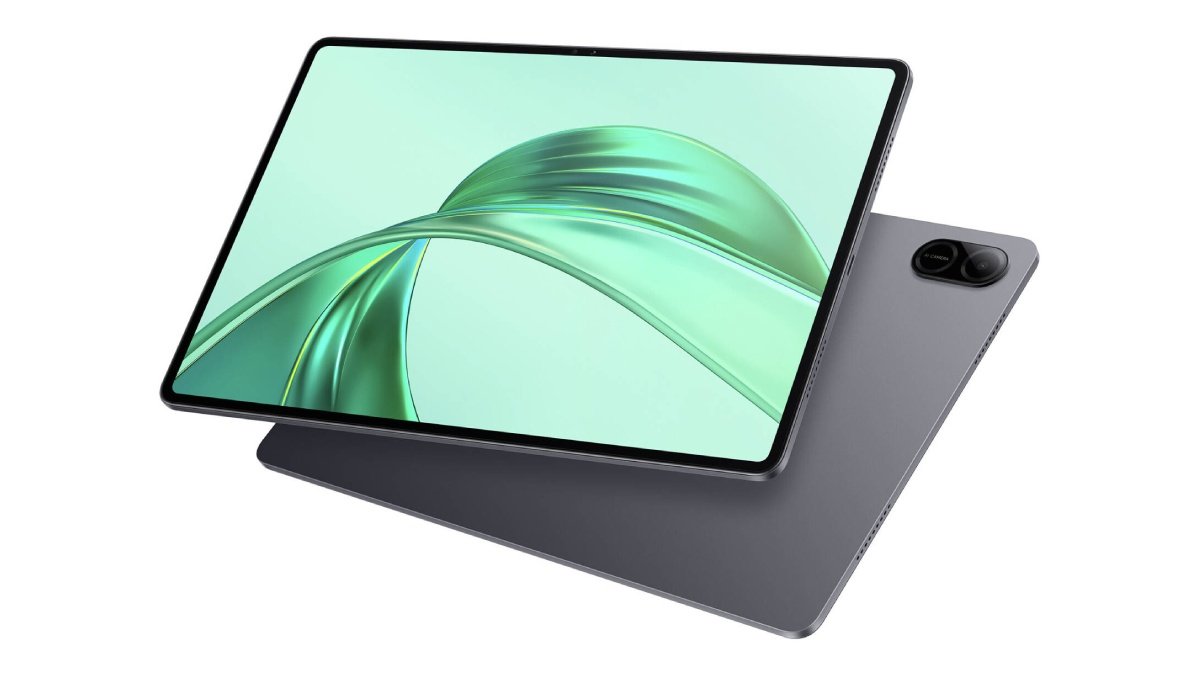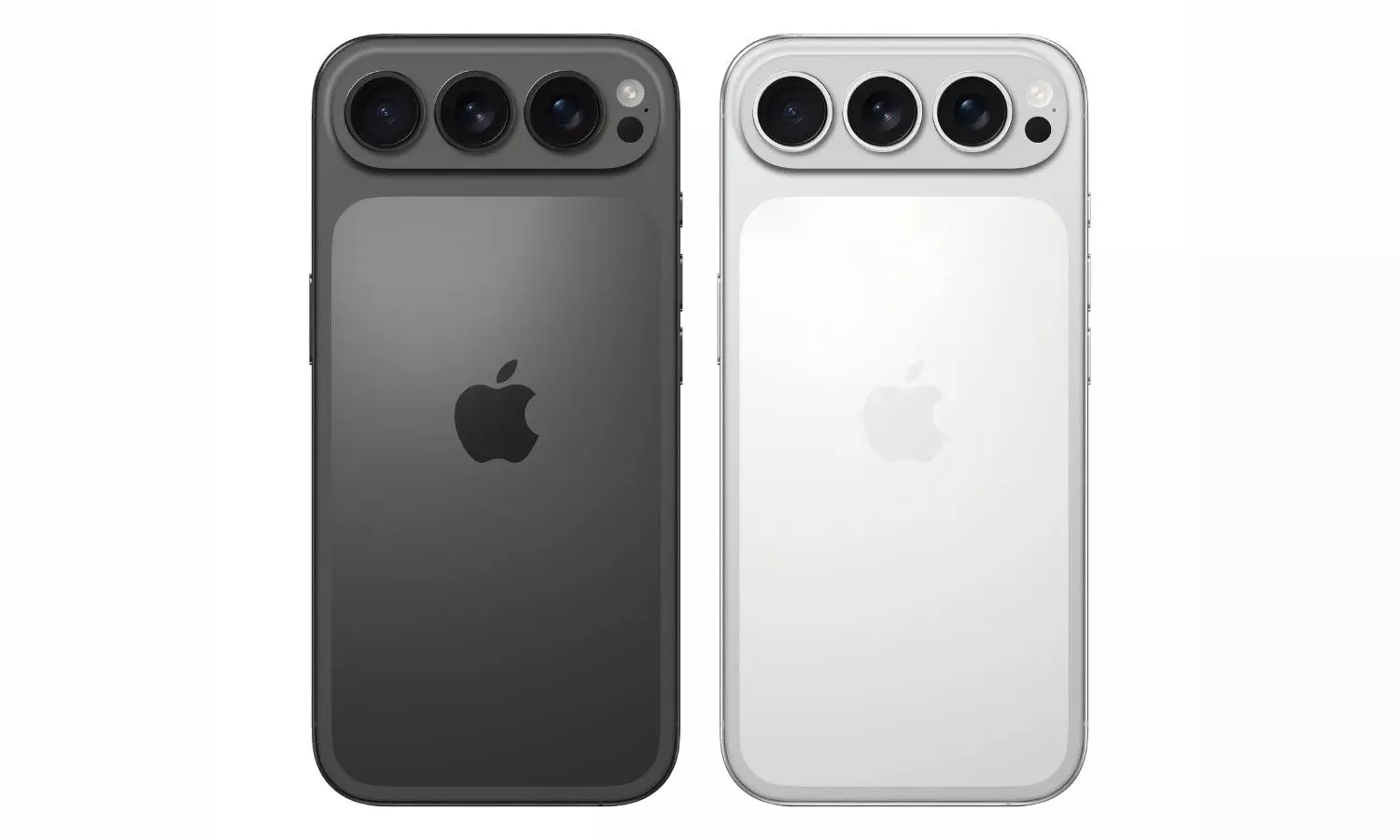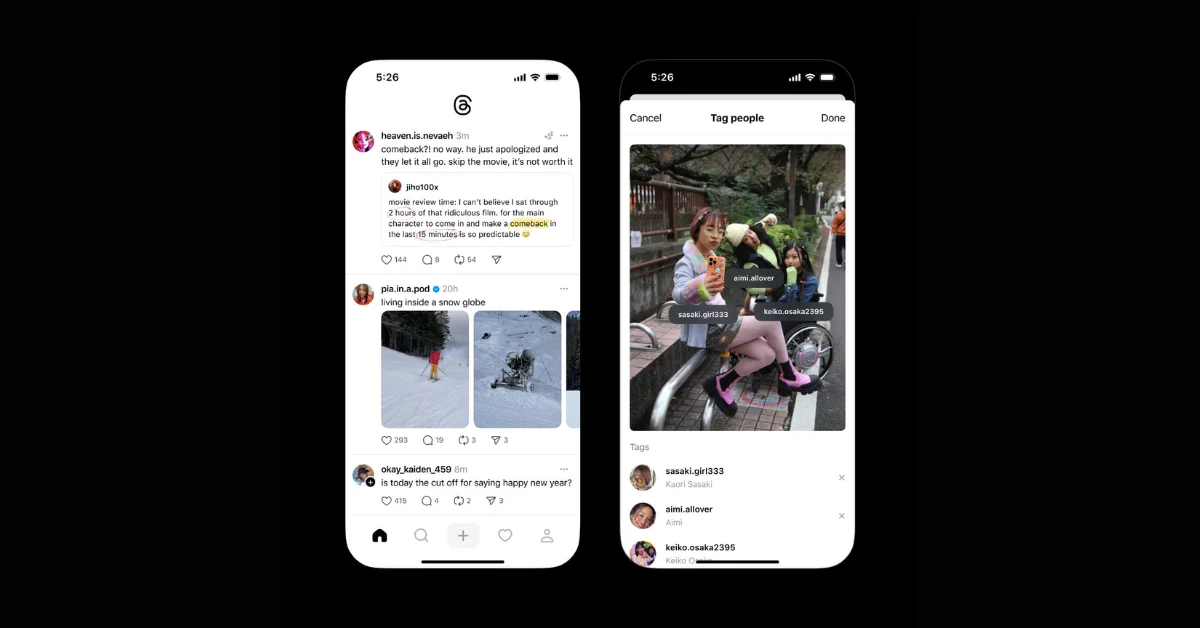iPhone users are no strangers to keyboard lag, a frustrating issue that can hinder typing and make using the device a pain. While keyboard lag can be caused by various factors, there are also several simple fixes you can try to resolve the problem.
Key Highlights:
- Restart your iPhone to clear temporary glitches and improve overall performance.
- Update your iPhone to the latest iOS version to ensure compatibility and bug fixes.
- Disable unnecessary keyboard features like predictive text and auto-correction.
- Reset your keyboard dictionary to eliminate potential conflicts and streamline typing.
- Manage background apps to free up resources and alleviate keyboard lag.
- Consider using a third-party keyboard app for alternative options and customization.
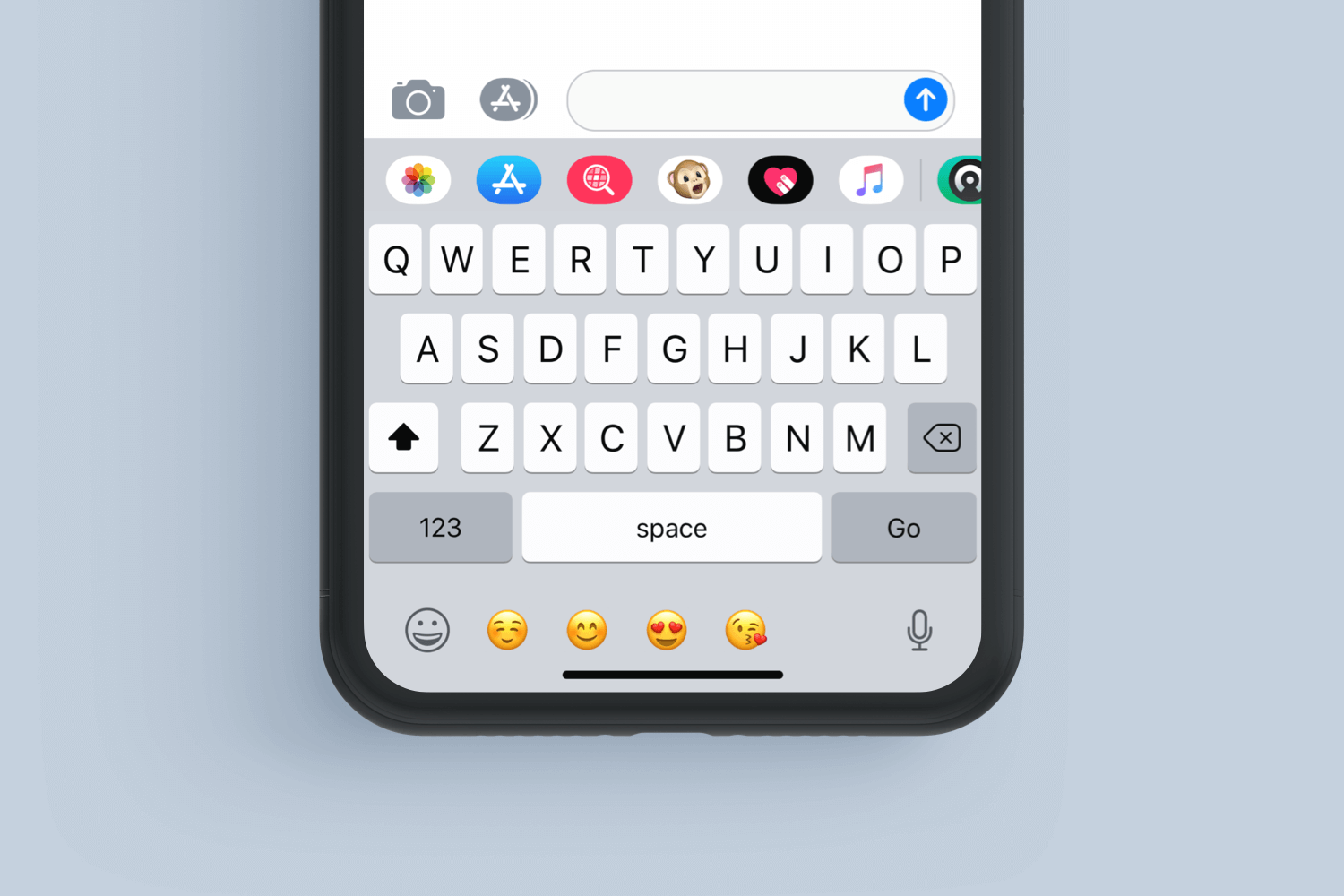
Restart Your iPhone:
Sometimes, a simple restart can clear up temporary glitches and resolve keyboard lag. To restart your iPhone, press and hold the Side button along with either the Volume Up or Volume Down button, depending on your iPhone model. When the power off slider appears, drag it to turn off your iPhone. Wait for about 30 seconds, then press and hold the Side button again to turn it back on.
Update Your iPhone to the Latest iOS Version:
Apple regularly releases iOS updates to address known bugs and performance issues, including those related to the keyboard. Make sure your iPhone is running the latest iOS version by going to Settings > General > Software Update.
Reset Your Keyboard Dictionary:
Over time, your keyboard dictionary can become bloated with unused or inaccurate words, which can lead to lag. To reset your keyboard dictionary, go to Settings > General > Transfer or Reset iPhone > Reset > Reset Keyboard Dictionary. Note that this will erase all custom words and shortcuts you’ve added.
Disable Unnecessary Keyboard Features:
While predictive typing and auto-correction can be helpful, they can also contribute to keyboard lag, especially on older iPhones. Try disabling these features temporarily to see if it improves performance. To disable predictive typing, go to Settings > Keyboard > Predictive. To disable auto-correction, go to Settings > Keyboard > Auto-Correction.
Reduce Motion Effects:
Motion effects, such as app transitions and keyboard animations, can also put strain on your iPhone’s resources, potentially leading to keyboard lag. To reduce motion effects, go to Settings > Accessibility > Motion. Here, you can toggle on Reduce Motion, which will disable most animation effects.
Check for Third-Party Keyboard Issues:
If you’re using a third-party keyboard app, it’s possible that the app itself is causing the lag. Try switching back to the default Apple keyboard to see if the problem persists. If the lag disappears, then the issue likely lies with the third-party keyboard.
Free Up Storage Space:
A cluttered iPhone with limited storage space can also contribute to performance issues, including keyboard lag. Make sure you have enough free storage space by checking Settings > General > iPhone Storage. If you’re running low on space, consider deleting old apps, photos, or other data.
Keyboard lag on an iPhone can be frustrating, but it’s often a fixable problem. By following the simple tips outlined above, you can troubleshoot the issue and get your iPhone’s keyboard back to its responsive self.

